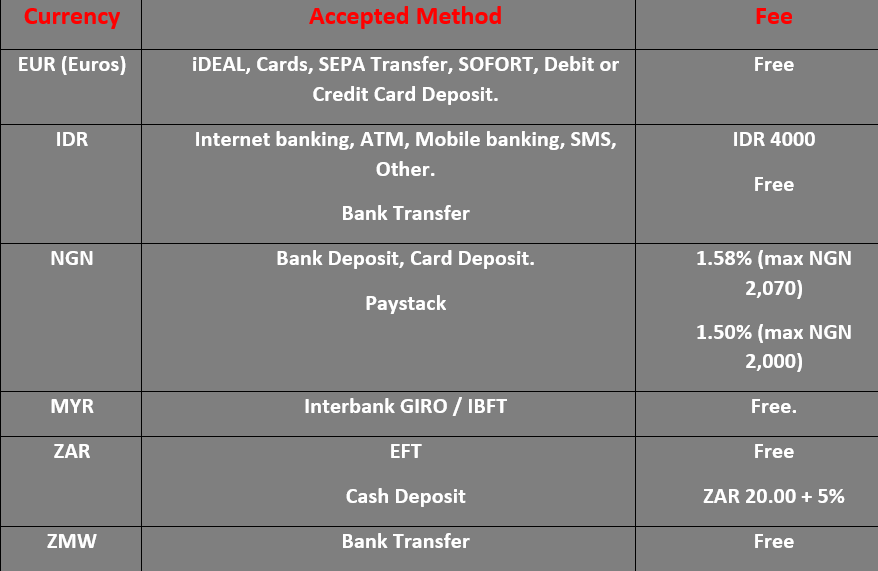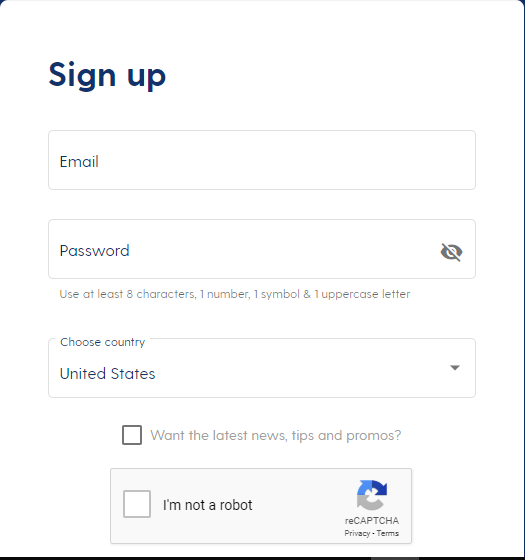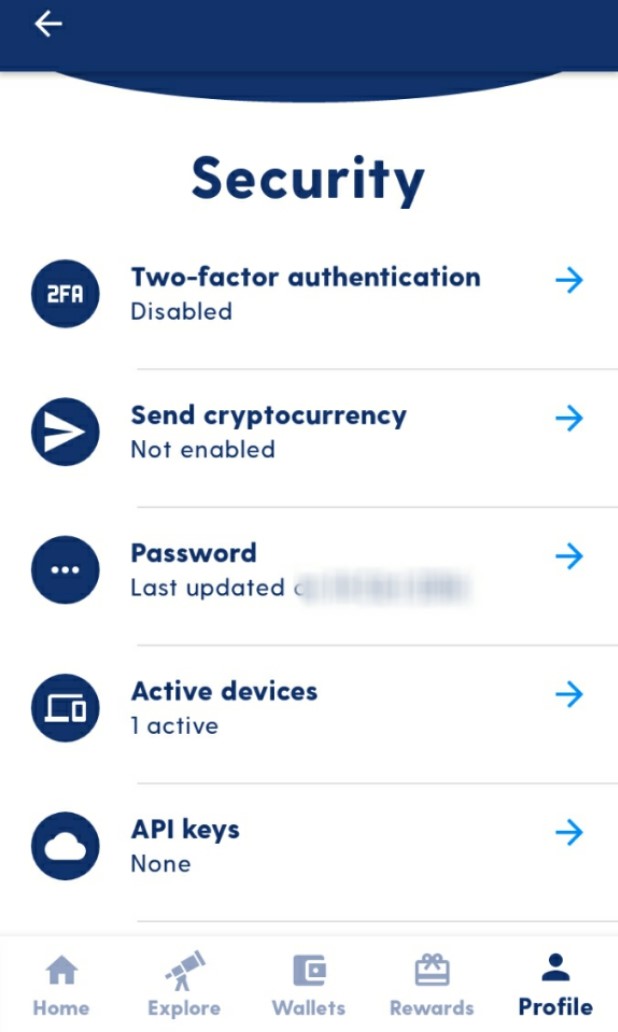
Luno Wallet
Egenskaper
Egenskaper
Plattformar
Kryptos (3)
UPDATE 18 January 2021: We have decided to clean up our Cryptocurrency Wallet List. In line with that ambition, we have removed all cryptocurrency wallets that you automatically receive/create when opening up an account with a specific cryptocurrency exchange from the list. Luno Wallet is one of those wallets. We kindly ask you to visit Luno Exchange instead for a more detailed review on Luno's offering.
To find a secure wallet not connected to an exchange, please refer to our Cryptocurrency Wallet List.
Luno Wallet Review
Luno (formerly BitX) is a digital asset exchange that targets mainly users in developing countries. Apart from being a trading platform, it offers other products such as a brokerage service, wallet solutions and an API for developers. This review will focus on the Luno Wallet. For a review on the Luno Exchange, click here.

Luno wallet is an online wallet accessible via mobile devices and the official Luno website. The wallet’s design is simplistic. It also boasts high-level security features to ensure the safety of user funds. Luno allows instant and automatic exchange of digital assets at dynamic rates that depend on the volume of BTC traded. If you are looking for a wallet that allows direct bank deposits and withdrawals, then you are at the right place. Luno payment methods include bank transfers, credit and debit card deposits and PayStack among others.
General Information
Luno is a digital company based in London. It was founded as BitX in 2013. The company became “Luno” in 2016 following a rebranding. Luno now has office locations in South Africa, Singapore, Malaysia, Indonesia and Nigeria. The wallet is also open to customers in 35 EU countries.
Timothy Stranex, a former employee at Google is Luno’s founder. The company also boasts professionals from a wide range of backgrounds with a successful record of accomplishments working at top companies. This include the likes of Google, Ernst and Young, Barclays, Amazon and Morgan Stanley. In 2018, Luno reached its 2 million costumers mark. These customers are spread over 40 countries. Luno have also reportedly processed money worth over USD 5 billion.
Luno facilitates digital asset storage and trading through wallet services. It also operates exchanges between fiats and digital assets. Along with PayFast, Luno was a pioneer for developing payment processors for digital currencies. Luno has raised over USD 13 million with the support of world-leading investors such as Balderton Capital, RMI and Naspers.
Competitors include BitPay and Wirex, to name a few.
Luno Wallet Supported Coins
At first, Luno was only a BTC wallet. Now, it supports ETH and BCH, which is the latest addition. Supported fiat currencies include NGN, EUR, ZAR, IDR and MYR.
To find out where you can obtain BTC, ETH or BCH in the first place, go to our Cryptocurrency Exchange List and use the filters to find the right exchange for you.
Luno Wallet Fees
Network fees apply to all outgoing transfers to non-luno addresses. Transfers between Luno addresses is free.
Altogether, there are four types of fees associated with using Luno:
- Deposit fees (for certain payment methods)
- Transaction fees (only for takers)
- Withdrawal fees
- Sending / Receiving fees
Here are tables to describe how Luno fees work with respect to deposits, withdrawals and trading:
Deposits

Withdrawals

Trade Fees

There are deposit and withdrawal limits depending on user verification levels.
Luno Wallet Price
The Luno wallet app is free. It is available on Google Play Store for Android users and the App Store for iOS users. You can also access your wallet via the official Luno website.
Luno Wallet Ease of Use
The Luno wallet has an intuitive design. It is an ideal wallet for newbies. As part of customer support efforts, the team maintains a blog and learning portal. You can simply visit and find answers to any question you might have. This advances Luno’s user experience. For technical issues, you can find help via the help center. The team is not doing badly in the area of customer support.
Nonetheless, using Luno is as easy as four steps:
- Signing up at Luno
- Verifying your identity
- Depositing money to your Luno account
- Buying BTC, BCH or ETH with your funds

The levels of verification include:
- Email address verification (Level 0).
- Phone number verification (Level 1)
- ID verification (Level 2)
- Proof of residence (Level 3)
Luno Wallet Anonymity
Unlike many wallets that only require an email address, Luno requires users to provide certain information. In order to access higher deposit and withdrawal limits, you need to present some personal details for verification.
There is no cause for alarm though. All personal details such as ID numbers, names and identity document scans, are encrypted and securely stored. Access to any information is logged and strictly on a need-to-know basis. If you have any reservations, you can read the privacy policy available at Luno’s website.
Luno Wallet Security
The wallet has a decent security system. The wallet employs multisig features to facilitate instant withdrawals. In addition, Luno splits the keys between itself and BitGo. Therefore, an attacker would have to compromise both Luno and BitGo systems to steal your keys.
Furthermore, Luno stores password in a hashed form. This means that only the owners have access to it. It also recommends the use of trusted password managers to generate and keep track of strong passwords.
Another security feature is the 2FA support. You should enable this feature to add an extra layer of security to your account. The wallet app interfaces with the Google Authenticator app to achieve this. iOS users can add a touch ID verification. Most importantly, user funds are stored in offline deep freeze storage.

Where to buy Luno Wallet?
Visit the respective mobile app stores to download the wallet app. You can also sign up on the website.
If you prefer a hardware wallet, check out our reviews of KeepKey, Ledger Nano S and Trezor.